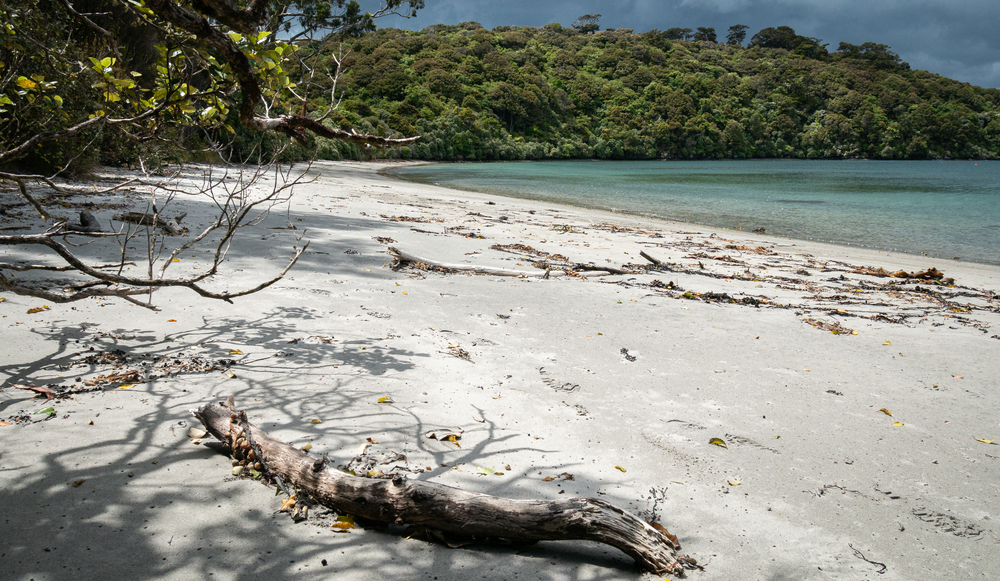In our hyperconnected world of constant notifications, real-time updates, and perpetual availability, the true luxury has become disconnection—finding places so removed from everyday life that they reset our internal compass and remind us how vast and wondrous our planet remains.
These remote destinations offer rare opportunities to experience the transformative power of feeling genuinely small against nature’s grandeur, culturally disoriented in the best possible way, or temporarily suspended outside familiar time patterns.
Here is a list of 20 remarkably remote places where the sensation of being wonderfully lost becomes the most valuable souvenir. Each offers unique forms of isolation that modern travelers increasingly seek.
Ittoqqortoormiit, Greenland
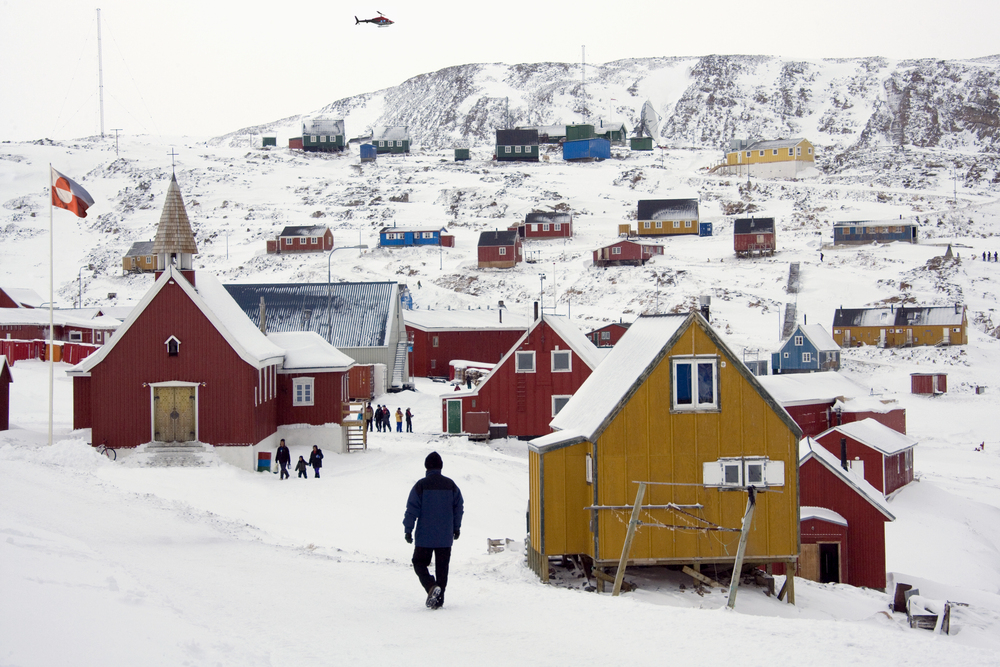
Positioned at the mouth of the world’s largest fjord system on Greenland’s eastern coast, this colorful settlement of roughly 350 residents sits surrounded by Arctic wilderness extending hundreds of miles in every direction. Polar bears occasionally wander near town limits while the Northern Lights dance overhead during winter months when darkness prevails for weeks at a time.
The journey requires multiple flights followed by a helicopter transfer, creating a natural separation from everyday concerns through physical distance that matches the psychological remoteness of Arctic living.
Socotra Island, Yemen
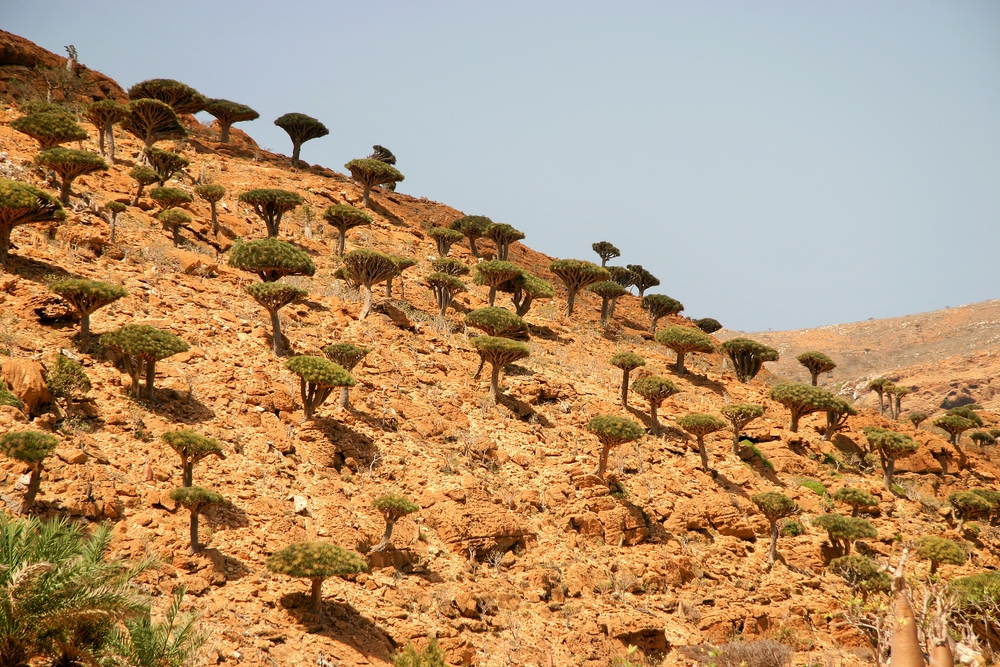
Evolution worked in isolation for millions of years on this island archipelago, where dragon blood trees with umbrella-shaped canopies create landscapes resembling science fiction illustrations rather than Earth. Bottle-shaped desert rose plants grow alongside endemic species found nowhere else, creating an ecosystem so distinctive that UNESCO recognized it despite the challenges of visiting a region with complex geopolitical circumstances.
For travelers fortunate enough to reach this Arabian Sea island, where time seems to operate by different rules, the experience merges geographical remoteness with biological uniqueness.
Tristan da Cunha

The most remote inhabited archipelago on Earth sits 1,500 miles from the nearest continent, accessible only by a six-day boat journey from South Africa when weather permits the notoriously rough passage. Fewer than 300 residents share just seven surnames in the main settlement, Edinburgh of the Seven Seas, where community self-sufficiency represents necessity rather than lifestyle choice.
Visitors require advance permission from the Island Council and face unpredictable departure dates determined entirely by ocean conditions in this South Atlantic outpost, where genuine disconnection from global systems becomes immediately apparent.
Svalbard, Norway

Positioned halfway between mainland Norway and the North Pole, this Arctic archipelago houses more polar bears than people across landscapes ranging from glaciers to tundra under skies experiencing months of midnight sun followed by polar night. The administrative center of Longyearbyen prohibits births and burials due to permafrost conditions, while requiring everyone venturing beyond town limits to carry polar bear protection.
The northern isolation creates experiences of space and silence, which are increasingly rare on our crowded planet, while offering perspective through landscapes operating on geological rather than human timescales.
Pitcairn Islands

Mutineers from HMS Bounty established this South Pacific settlement nearly 230 years ago, creating a community that today numbers fewer than 50 people and is accessible only by a quarterly supply vessel requiring booking. Massive cliffs surround the main island, while clear waters protect vibrant marine ecosystems where visitors might swim alongside migrating humpback whales in complete solitude.
The journey’s difficulty ensures authenticity in a destination where every resident knows each visitor by name within hours of arrival in this autonomous British Overseas Territory operating on island time in the truest sense.
Concordia, Pakistan

The confluence of mighty Baltoro and Godwin-Austen glaciers creates an amphitheater surrounded by four mountains exceeding 26,000 feet, including K2, accessible only through multi-week treks across shifting ice rivers. Climbers and trekkers bring everything needed for survival while navigating terrain constantly transformed by glacial movement beneath the world’s most dramatic mountain scenery.
The physical challenge matches the psychological impact of experiencing landscapes operating on planetary scales, where human presence remains temporary against geological processes measured in millennia.
Kerguelen Islands
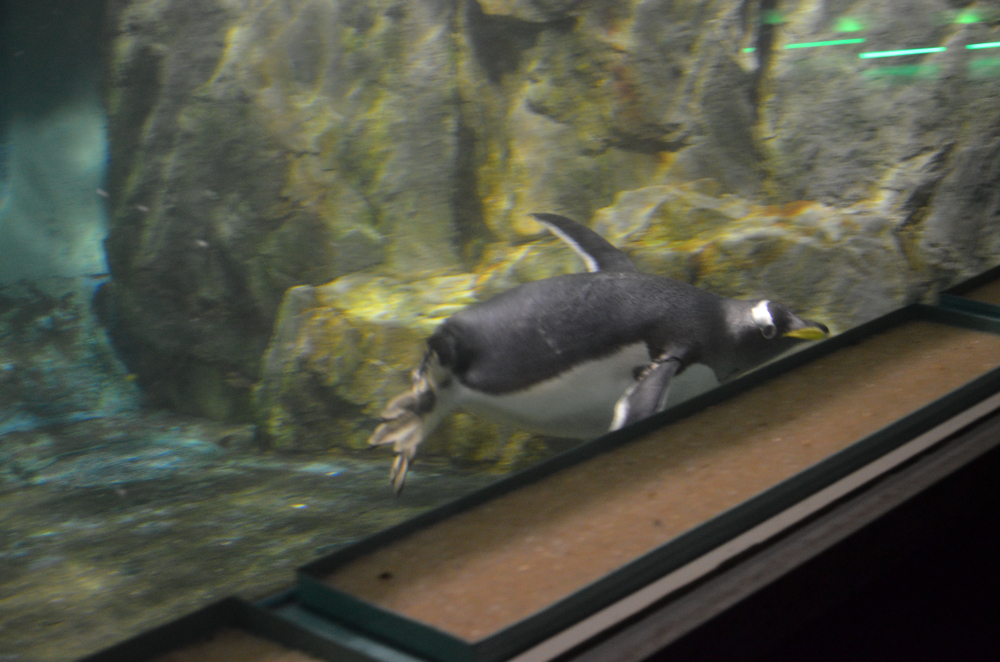
Wind-swept sub-Antarctic landscapes cover this French territory, where scientific researchers outnumber permanent residents on islands visited by just a few hundred travelers annually, arriving via naval vessel from Reunion Island. Massive colonies of king penguins and elephant seals occupy beaches, while endemic Kerguelen cabbage grows improbably large in an environment dictated by constant westerly winds.
The isolation creates unique atmospherics as clouds race across landscapes shaped by weather patterns unimpeded by continental masses in this remote scientific outpost also known as the Desolation Islands.
Motuo County, China
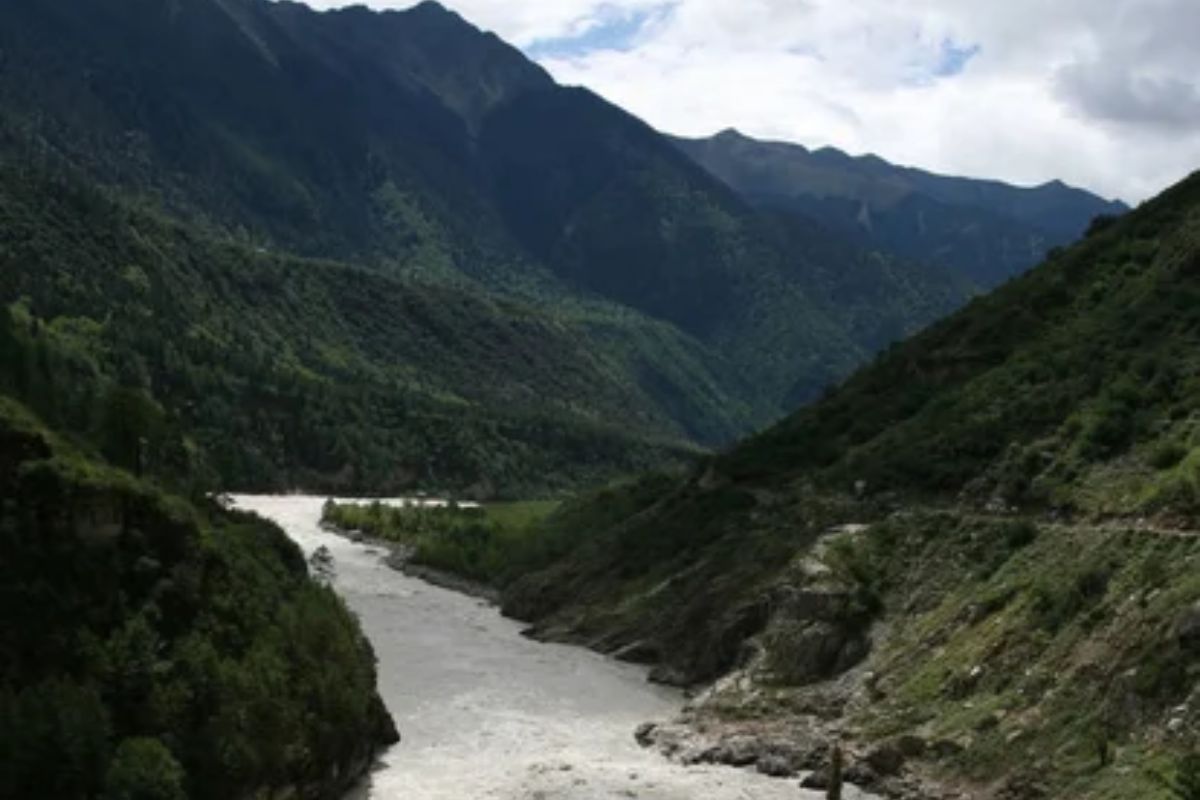
Accessible by foot through mountain passes open only during brief summer windows, this Tibetan county remained China’s last roadless county until recently, still requiring lengthy journeys through subtropical mountain valleys. Traditional Tibetan Buddhist practices blend with indigenous Lhoba and Monpa culture in villages where electricity remains limited and outside visitors are rare despite increasing development. The journey crosses dramatic ecological transitions from alpine meadows to dense forests, where mists create ethereal landscapes in this region, which is historically considered sacred in Tibetan tradition.
Torngat Mountains, Canada

Inuit guides lead visitors through landscapes where polar bears roam and caribou migrate across Canada’s newest national park, accessible only by charter flight or expedition vessel during a brief summer season. Evidence of human habitation spanning 7,000 years appears in ancient stone structures and burial sites maintained through ongoing indigenous relationships with lands their ancestors never surrendered.
The stark beauty of fjords cutting through some of Earth’s oldest rock formations creates humbling perspective shifts for visitors experiencing Indigenous knowledge systems that maintained human survival in this challenging environment for millennia.
Easter Island, Chile

Positioned over 2,000 miles from continental South America, this Polynesian outpost became famous for monumental moai statues carved by a civilization that developed in extraordinary isolation. Modern Rapa Nui culture maintains traditions despite Chilean administration, while archaeological sites reveal a complex social organization that flourished and then collapsed on one of Earth’s most remote inhabited islands.
The physical journey required to reach these volcanic shores creates a natural transition space, preparing visitors for encounters with both ancient mysteries and contemporary cultural resilience in a community where oceanic isolation shaped distinctive human adaptations.
Dolpo Region, Nepal

Ancient Tibetan Buddhist monasteries perch above valleys where traditional agricultural practices have remained unchanged for centuries in this Himalayan region bordering Tibet. Special permits limit visitor numbers to Nepal’s largest protected area, where villagers practice pre-Buddhist Bon traditions alongside Buddhism in settlements accessible only by mountain trails crossing 17,000-foot passes.
The remoteness preserved distinctive cultural practices documented in Peter Matthiessen’s classic “The Snow Leopard,” creating experiences increasingly rare in our homogenized world, where distance still provides meaningful separation from globalized systems.
Cocos Islands, Australia

Palm-fringed beaches surround coral atolls 1,700 miles northwest of Perth, where fewer than 600 residents maintain a unique culture blending Malaysian, Australian, and Indigenous influences. Crystal waters host some of Earth’s healthiest reef systems, while coconut plantations from earlier eras gradually return to natural vegetation across islands where sea turtles outnumber humans.
The journey requires special air connections, creating meaningful separation from mainland Australian life, while Cocos Malay traditions maintain distinctive cultural practices that have developed through centuries of relative isolation.
Virunga Mountains, Rwanda/Uganda/DRC
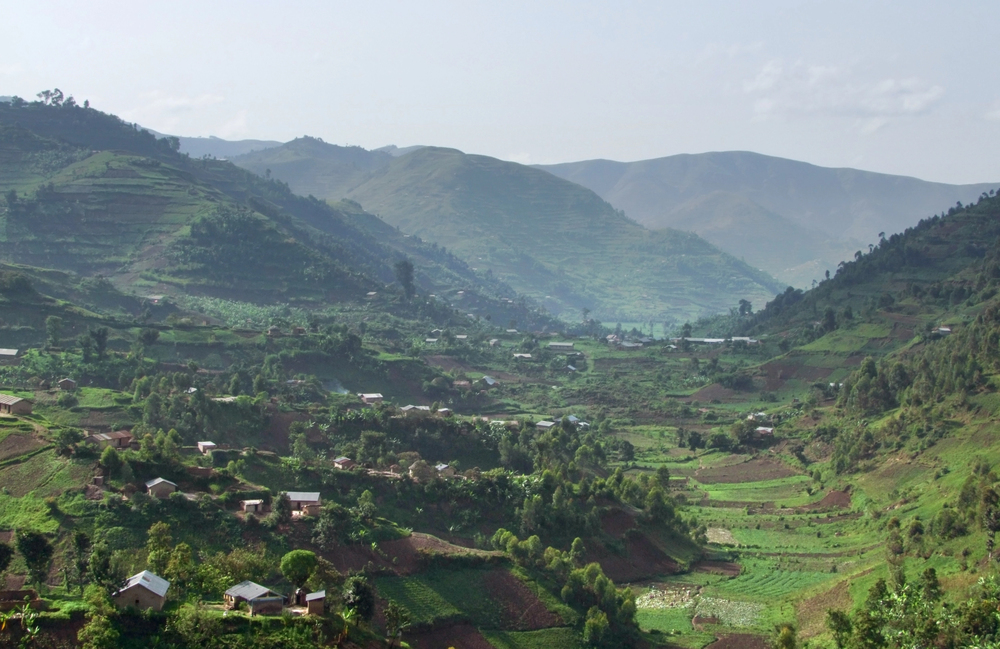
Endangered mountain gorillas inhabit bamboo forests and volcanic slopes where national borders intersect across landscapes protected through conservation efforts despite complex political histories. Guided treks provide carefully managed wildlife encounters requiring substantial physical effort to reach family groups monitored by researchers and rangers dedicated to protecting these great apes.
The combination of geographical remoteness, controlled access, and profound interspecies connection creates transformative experiences for visitors fortunate enough to witness gorilla families in their natural habitat away from human settlement pressures.
Kamchatka Peninsula, Russia
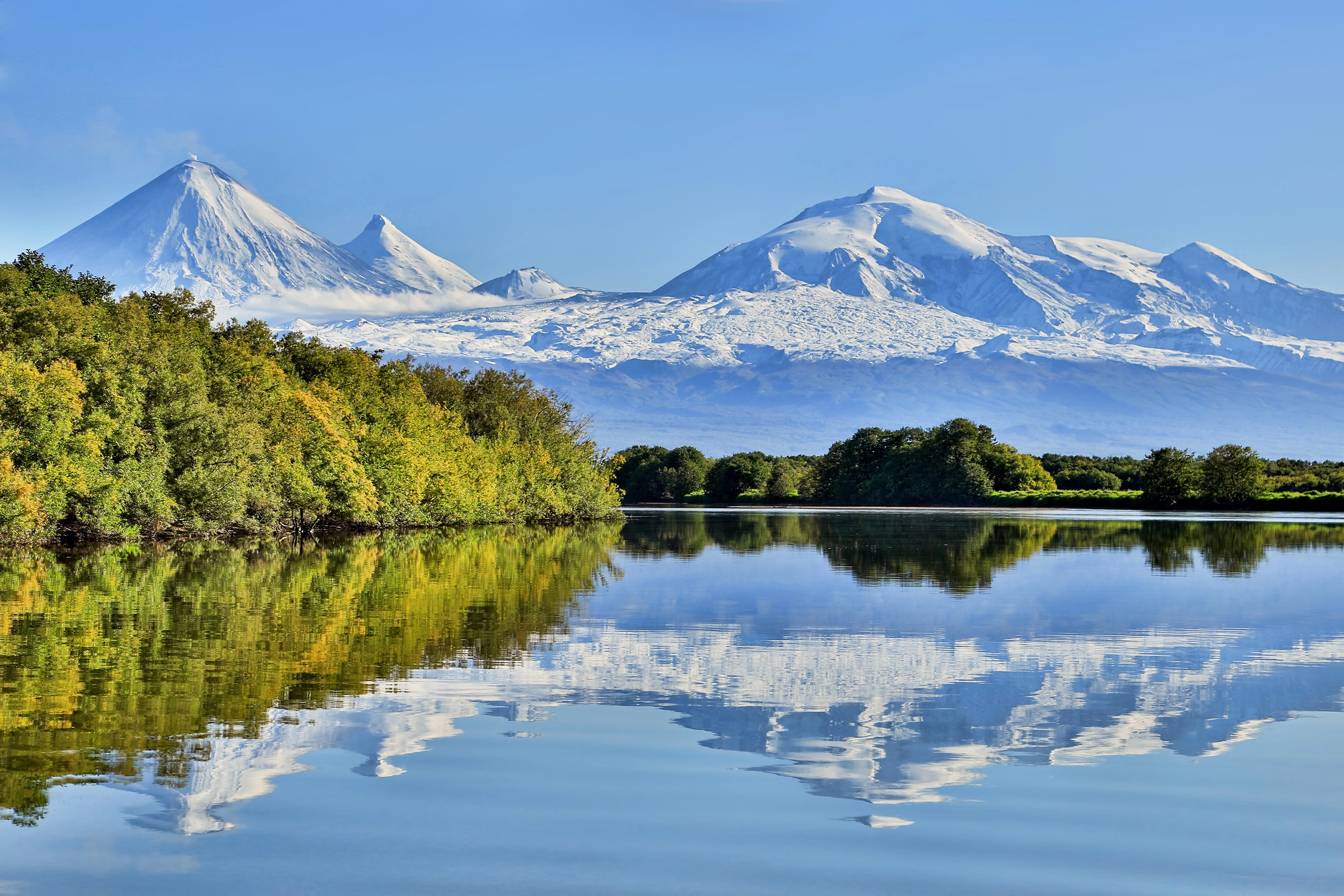
Volcanic landscapes dotted with geysers, hot springs, and perfect conical peaks create otherworldly environments across this massive peninsula connected to mainland Russia, yet accessible primarily by air or sea. Brown bears gather in remarkable concentrations along salmon-filled rivers, while Indigenous communities maintain traditional relationships with lands Western paradigms might consider wilderness.
The combination of geological activity, ecological richness, and limited infrastructure creates genuine adventure in landscapes where helicopter transport often provides the only access to regions few outsiders have witnessed.
Mustang Region, Nepal
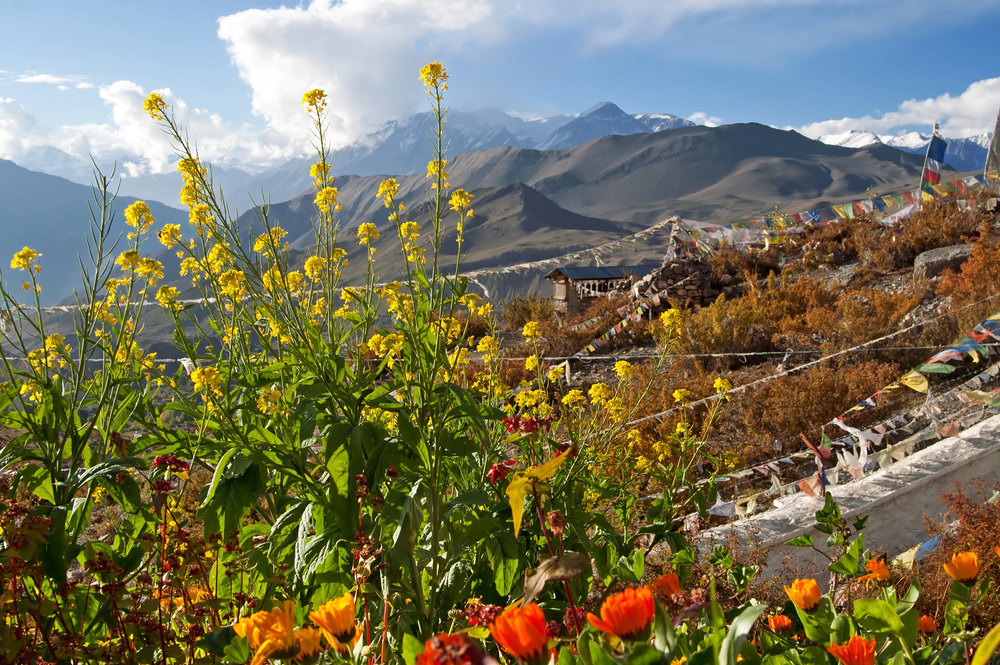
Ancient cave dwellings punctuate cliff faces above arid valleys where traditional Tibetan culture flourished, protected by Himalayan geography from cultural pressures affecting Tibet proper. Walled medieval villages appear unchanged for centuries, while gompas (monasteries) maintain Buddhist traditions through practices, architecture, and art preserved by remoteness.
The journey requires special permits and physical adaptation to high-altitude travel, creating both physical and psychological separation, preparing visitors for encounters with cultural systems operating through entirely different frameworks than modern Western society.
Marquesas Islands, French Polynesia
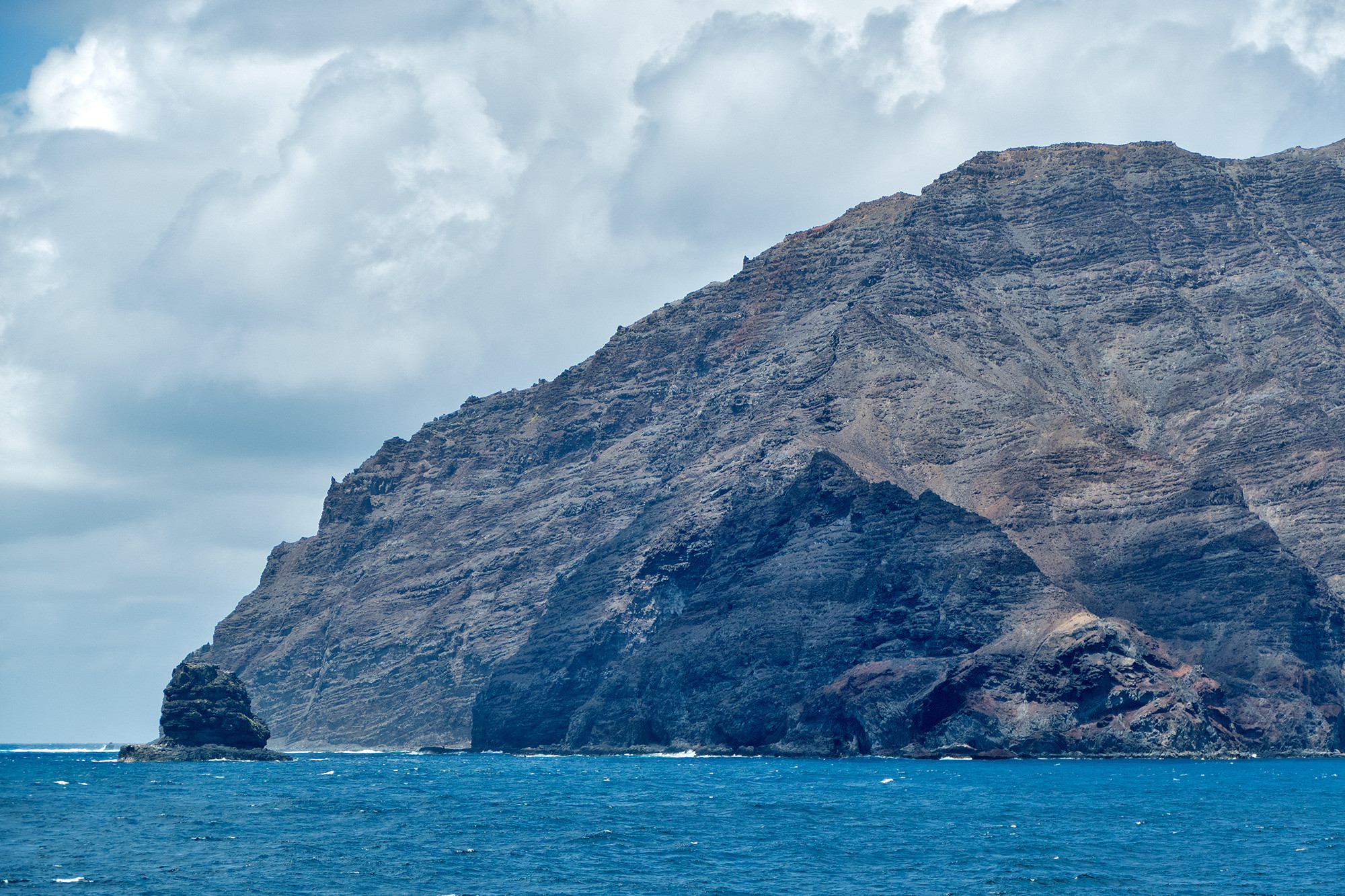
Dramatic volcanic peaks plunge directly into Pacific waters around islands, where Paul Gauguin found inspiration in landscapes and culture that were distinct from other Polynesian archipelagos. Local traditions maintain distinctive elements, including unique tattooing practices and wood carving traditions, on islands accessible primarily by infrequent supply ships or specialized cruise vessels.
The physical isolation preserved cultural elements lost elsewhere, while creating environments where contemporary visitors experience genuine separation from global systems through both geography and cultural perspective shifts.
Skeleton Coast, Namibia
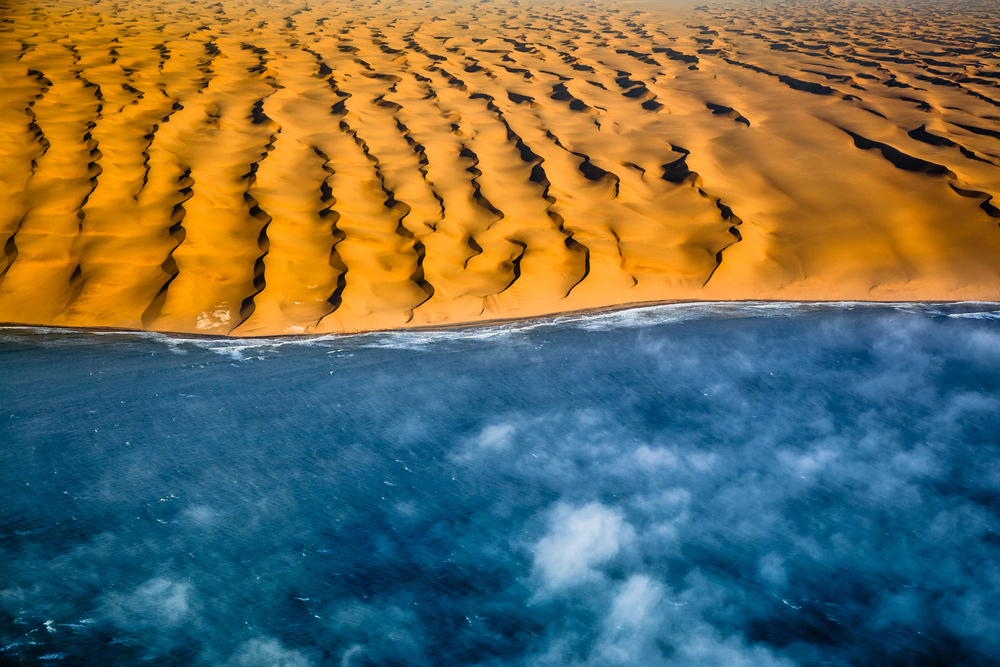
Shipwrecks gradually disintegrate along shores where desert meets ocean in one of Africa’s least populated regions, creating landscapes simultaneously beautiful and forbidding. Desert-adapted elephants, rhinos, and lions survive in dry riverbeds, cutting through territories accessible only with specialized guides and vehicles or fly-in safari operations.
The environmental extremes create psychological impacts matching the physical remoteness in landscapes operating on natural principles, unaffected by human presence, despite increasing conservation tourism in carefully managed concessions.
Knoydart Peninsula, Scotland
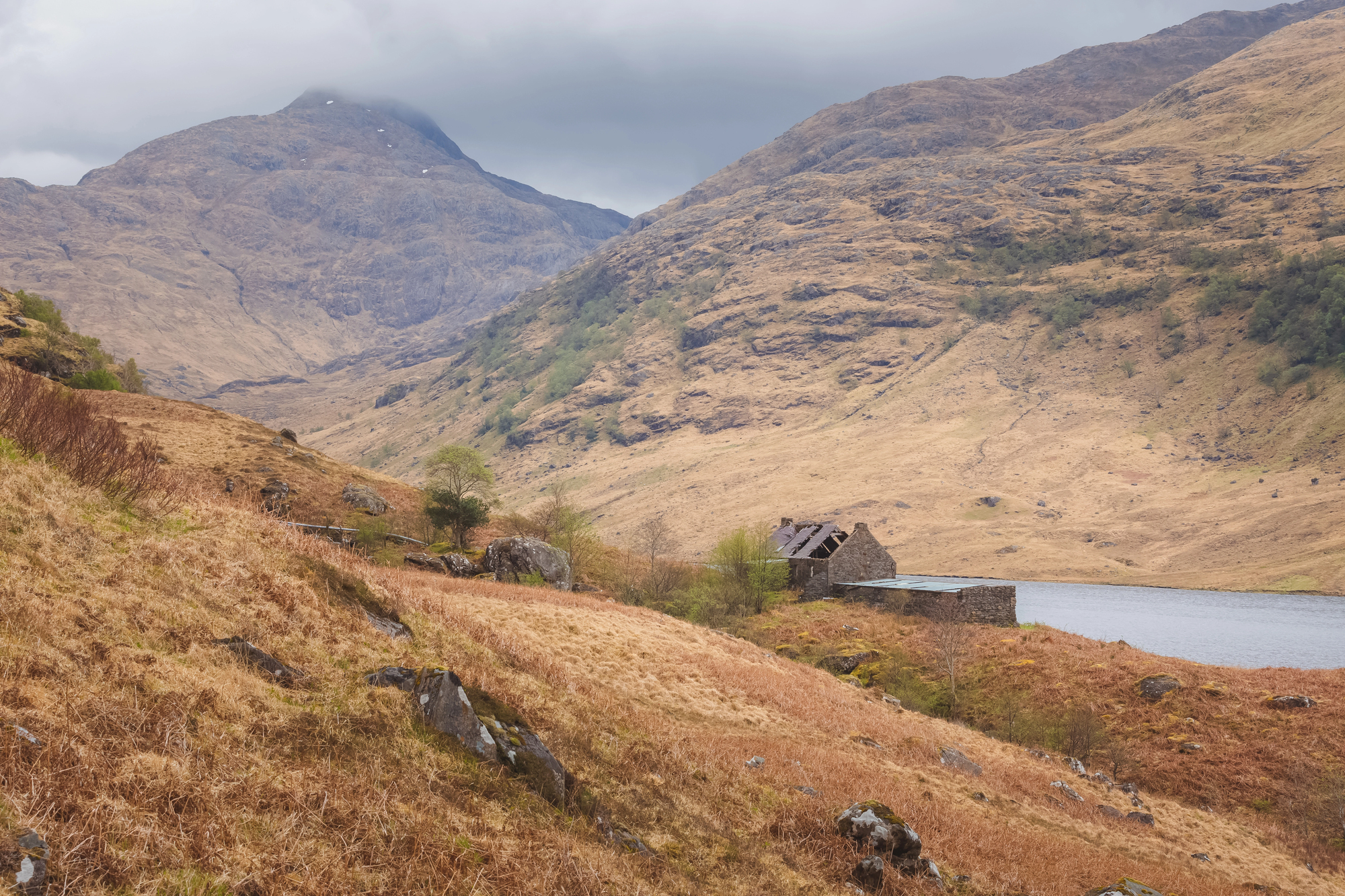
Accessible only by boat or multi-day hike, this mountainous peninsula contains mainland Britain’s most remote pub at the settlement of Inverie, where fewer than 100 permanent residents maintain a community without a road connection to the outside world. Ancient deciduous forests are gradually recovering across landscapes once cleared for sheep, while marine environments support wildlife, including otters, seals, and diverse bird species.
The combination of challenging access, minimal infrastructure, and rich natural environments creates remarkable wilderness experiences surprisingly close to population centers, yet genuinely separated through thoughtful access limitations.
Tuamotu Archipelago, French Polynesia
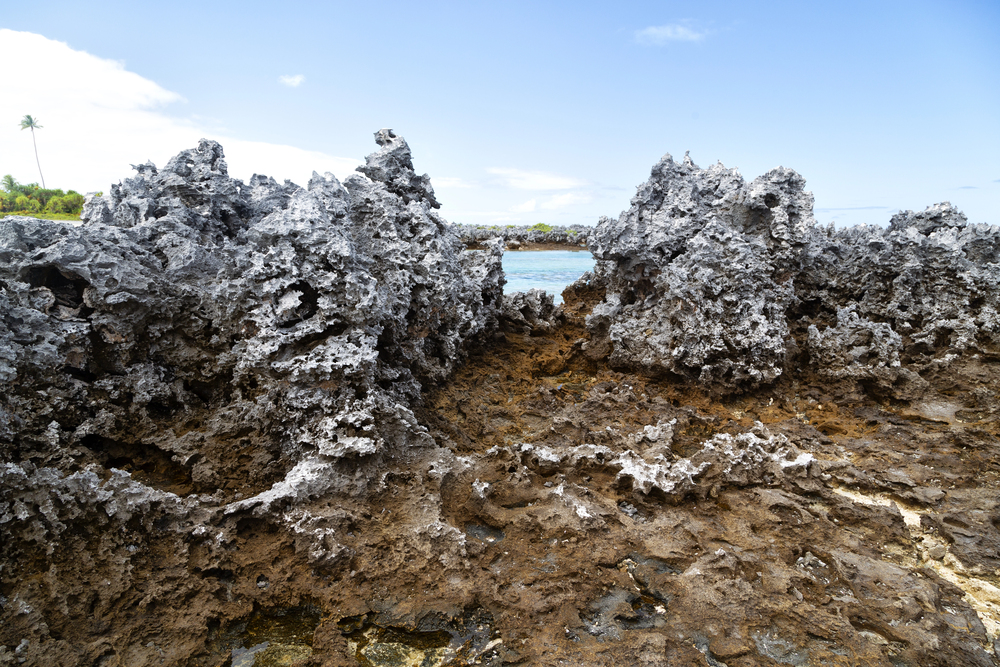
Coral atolls barely rising above sea level create ring-shaped islands enclosing turquoise lagoons across this archipelago, where traditional Polynesian navigation maintained connections between communities separated by miles of open ocean. Pearl farms operate alongside subsistence fishing, while some motus (small islands) remain completely uninhabited across a region where outer islands maintain traditions that are increasingly rare in more visited French Polynesian destinations.
The aquatic isolation creates natural boundaries defining communities where boats represent necessity rather than recreation across islands where terrestrial resources remain limited by geography.
Madagascar’s Western Dry Forests
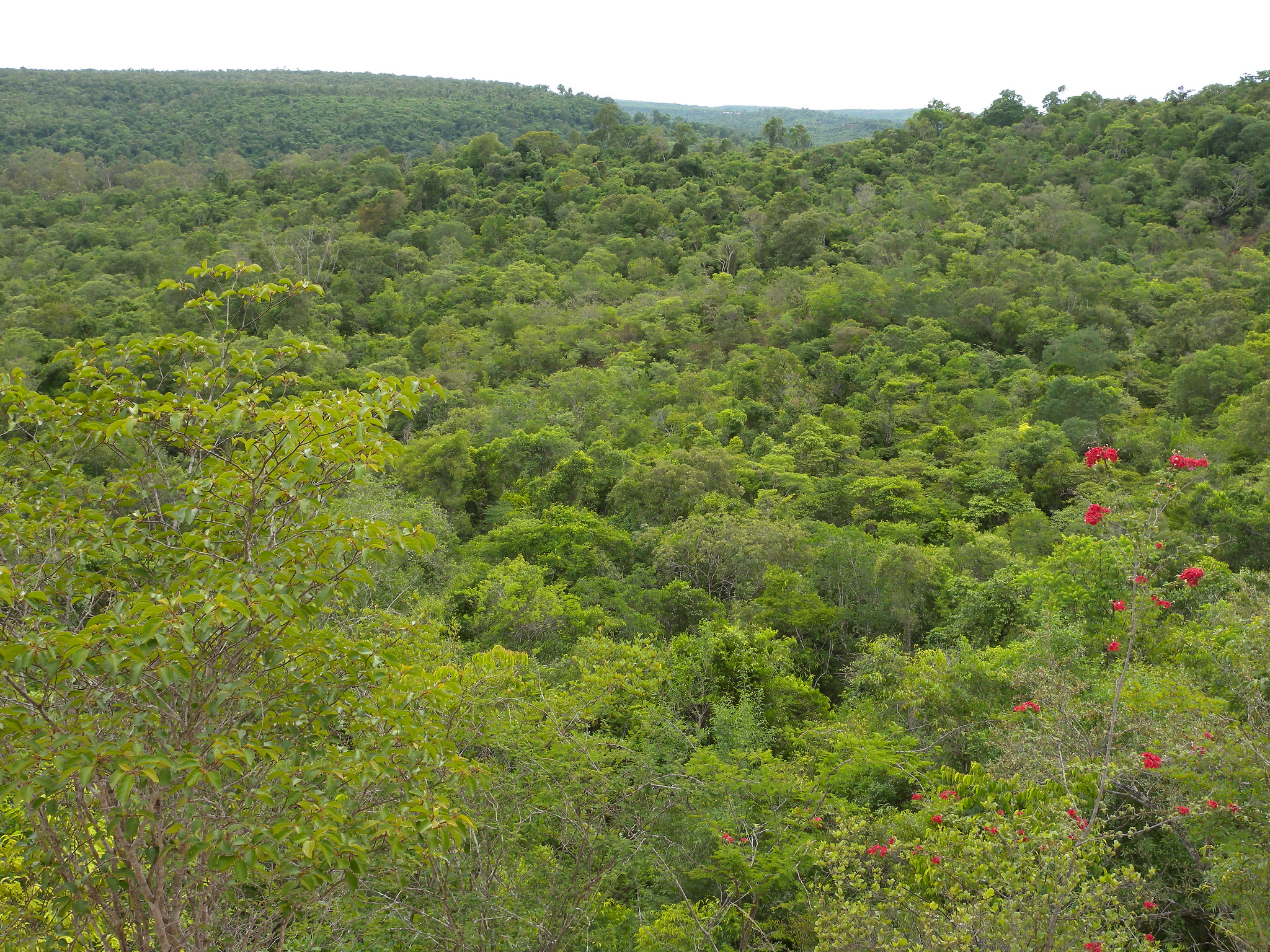
Baobab trees towering over deciduous forests create iconic landscapes in regions accessible only by rough tracks navigable during dry seasons, when rivers can be forded rather than ferried. Endemic species from lemurs to chameleons evolved in isolation from mainland Africa, creating biological diversity unmatched anywhere on Earth across ecosystems increasingly fragmented by agricultural pressures.
The combination of challenging access, biological uniqueness, and cultural distinctiveness creates genuinely transformative experiences for travelers willing to embrace uncomfortable journeys to regions rarely visited despite their ecological significance.
Finding Yourself Through Feeling Lost
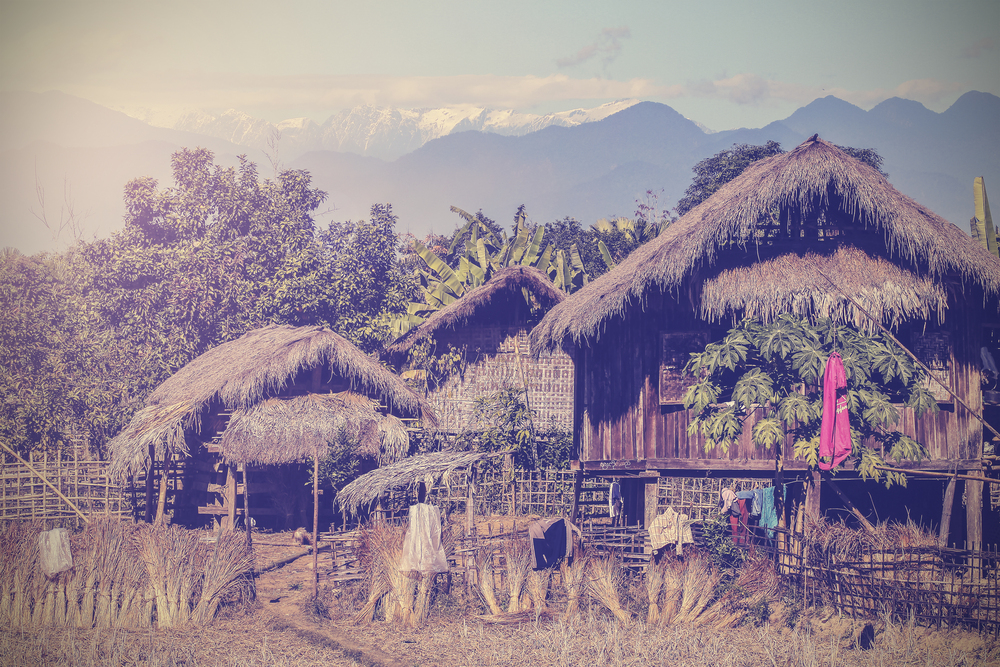
These remote destinations reveal something increasingly valuable in our perpetually connected existence—the opportunity to experience environments operating outside familiar systems, where natural or cultural forces maintain primary influence. The journey to such places often involves physical discomfort, logistical complexity, and meaningful separation from conveniences many travelers take for granted.
The reward comes through perspective shifts, impossible in places where human intervention dominates every view, schedule, or interaction. In choosing to become wonderfully lost, modern travelers often discover aspects of themselves previously hidden beneath layers of connectivity and convenience.
More from Travel Pug

- Cities Growing so Fast You Won’t Recognize Them in 10 Years
- 13 Destinations Where Tourists Regularly Regret Their Trip
- 20 Obscure WWII Sites Even History Buffs Don’t Know About
- 10 Under-the-Radar Mountain Towns That Are Both Affordable and Beautiful
- Remote Villages in Europe Where You Can Live for Free in Exchange for Work
Like Travel Pug’s content? Follow us on MSN.
